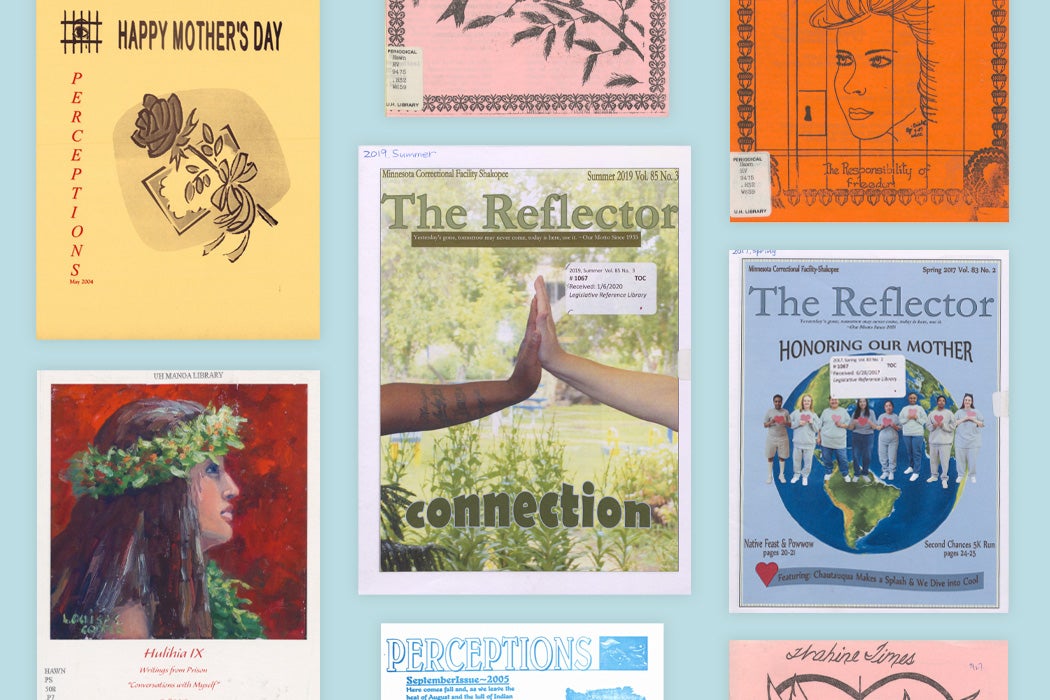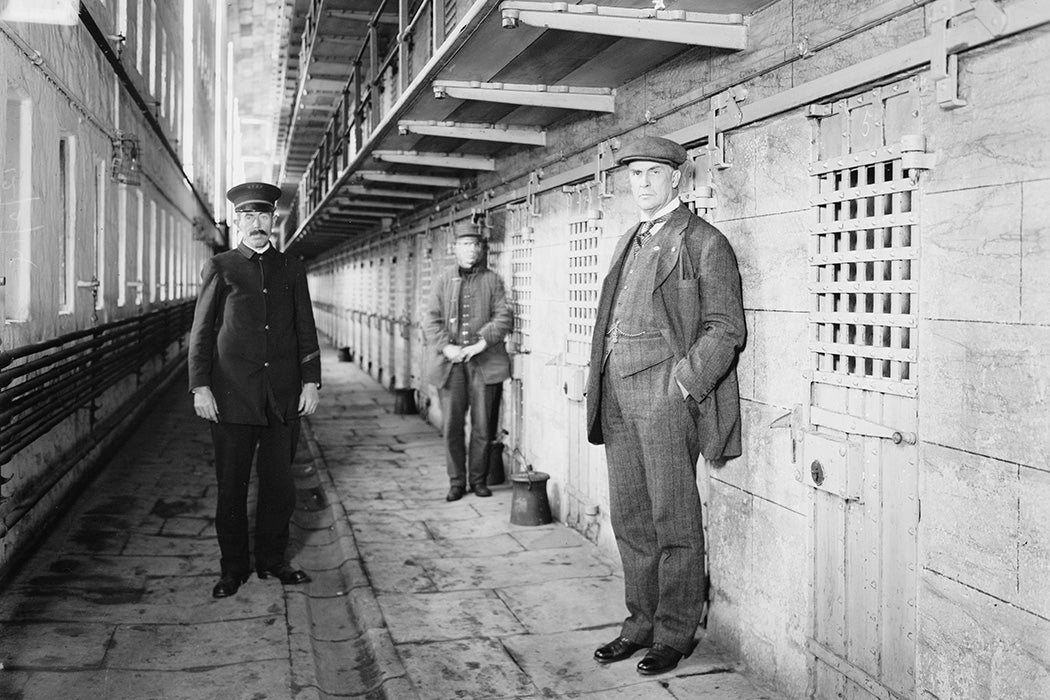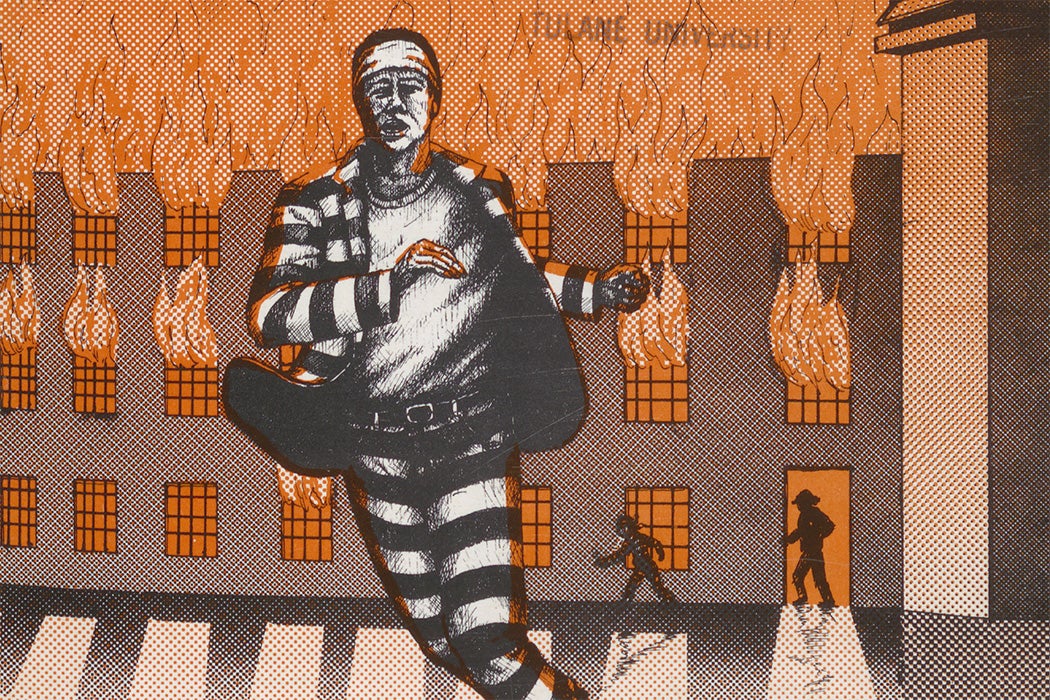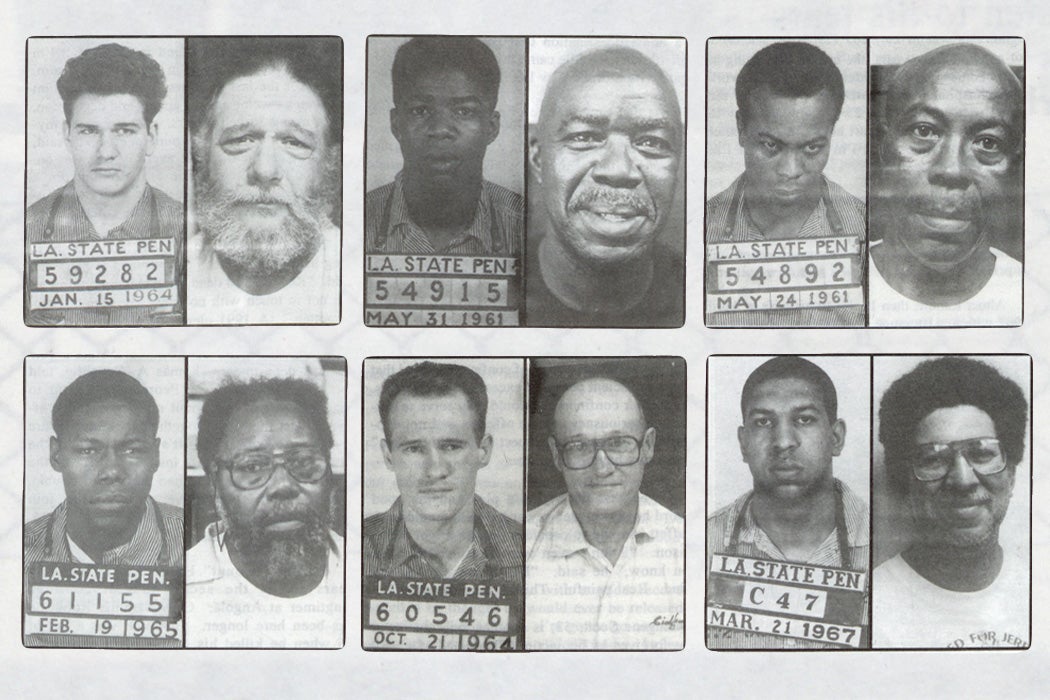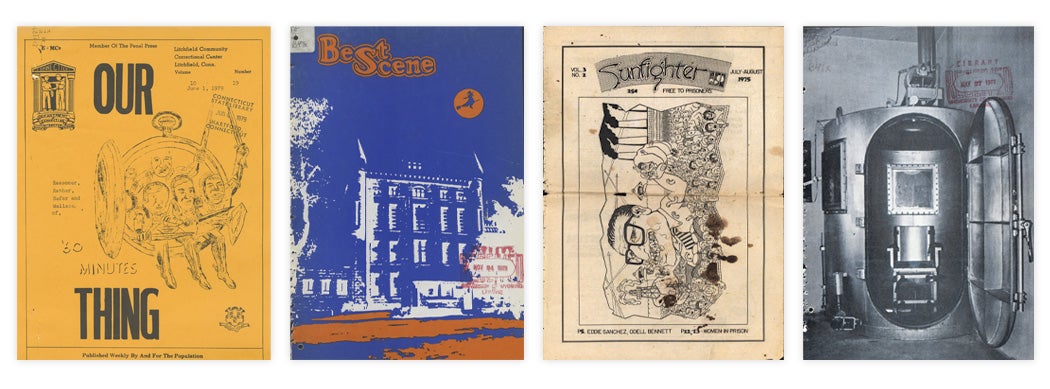 The American Prison Newspapers, 1880-2020: Voices from Inside is a collection of prison publications developed by Reveal Digital for distribution on the JSTOR platform. Managing Editor, Anne Ray, and a small team of researchers source newspapers from libraries, archives, former and current newspaper editors, and individual donors. After the publications are located, they are then digitized, indexed, and added to JSTOR where they are fully searchable. Primary sources like the newspapers in this collection appear alongside academic research.
The American Prison Newspapers, 1880-2020: Voices from Inside is a collection of prison publications developed by Reveal Digital for distribution on the JSTOR platform. Managing Editor, Anne Ray, and a small team of researchers source newspapers from libraries, archives, former and current newspaper editors, and individual donors. After the publications are located, they are then digitized, indexed, and added to JSTOR where they are fully searchable. Primary sources like the newspapers in this collection appear alongside academic research.
This guide is a specially curated collection of instructional material designed for instructors who want to facilitate interdisciplinary engagement with the American Prison Newspapers collection for themselves and their students. All curricular material is freely available and designed to be used in conjunction with the collection, which is open access.
Instructional Guides: Prison Newspapers
Studying Women’s Prison Newspapers
Prisoners’ Rights: An Introductory Reading List
What Can Native American People in Prison Teach Us About Community and Art?
Teaching LGBTQ+ History: Queer Women’s Experiences in Prison
Webinar: Teaching with American Prison Newspaper Collection
Engagement and Curriculum Fellow Brittany Marshall recently hosted a webinar offering highlights from the American Prison Newspapers collection, as well as teaching tips, and resources for those interested in bringing these primary sources into the classroom. You can register to watch a recording of the webinar below or download a copy of the presentation.
Register to Watch a Recording of the Webinar
Download a PDf of the Webinar Reveal Digital
Related Essays: American Prison Newspapers
Were Early American Prisons Similar to Today’s?
Cold War Flames on US Soil: The Oakdale Prison Riot
The Meaning of Time in The Hour Glass
How Veterans Created PTSD
50 Years Later: The Evolution of Prison Policy
Rethinking Prison as a Deterrent to Future Crime
The Lives Beyond the Life Sentences
Read more related essays on the American Prison Newspaper series page.
